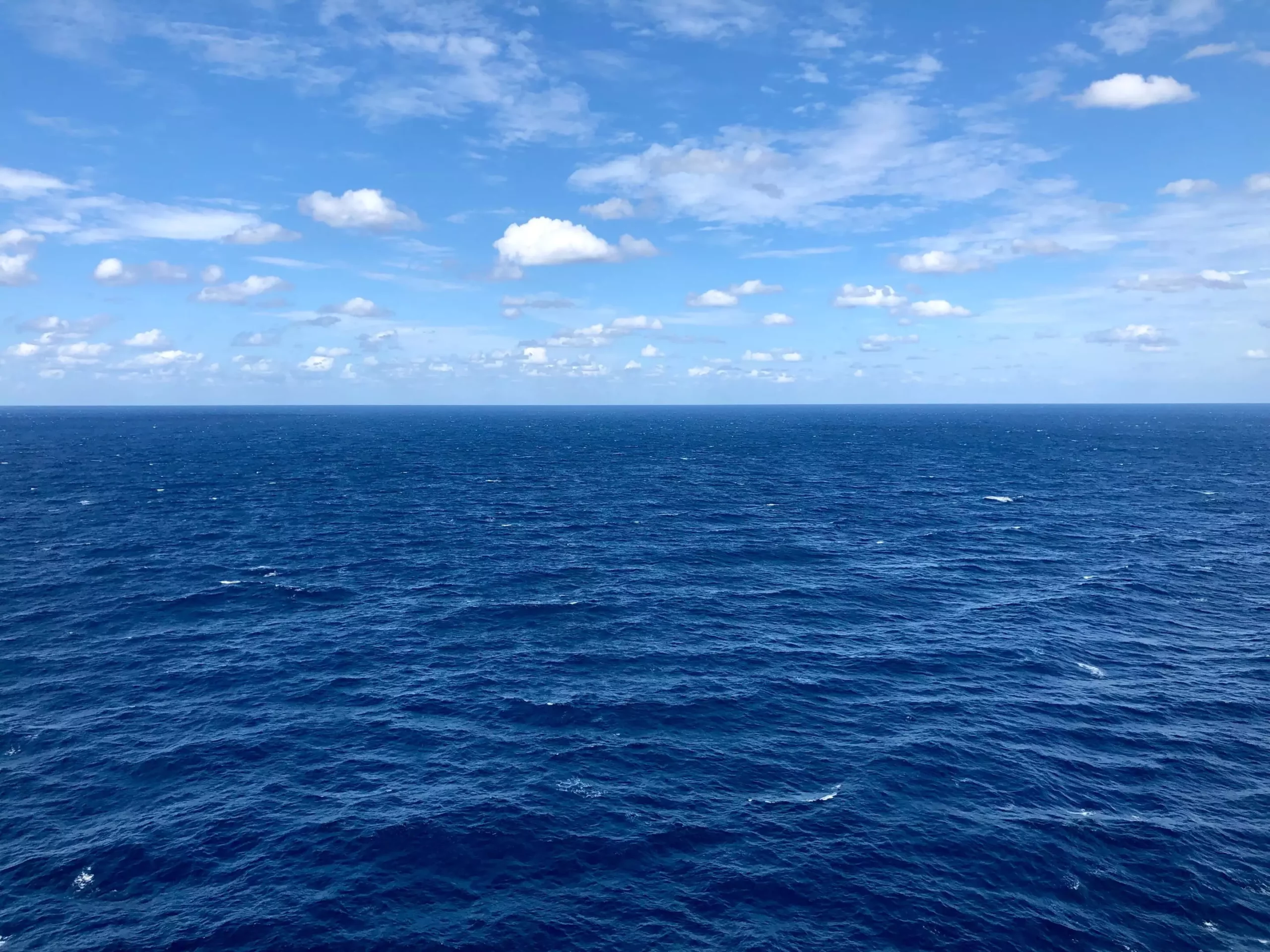A new complex computer simulation has revealed that an abrupt shutdown of Atlantic Ocean currents, which could lead to a deep freeze in Europe, is closer and more likely than previously thought. The simulation, which is the first to incorporate multiple factors and use complex modeling, has identified a “cliff-like” tipping point that could have far-reaching consequences for global weather patterns.
The Atlantic Meridional Overturning Circulation (AMOC), also known as the current, plays a crucial role in regulating climate and ocean forces worldwide. A collapse of this current is expected to result in a drop of northwestern European temperatures by 9 to 27 degrees Celsius over the span of several decades. It would also cause Arctic ice to extend much farther south, intensify heat in the Southern Hemisphere, alter global rainfall patterns, and disrupt the Amazon rainforest.
While previous studies had suggested that the collapse of the AMOC was a scenario that would unfold over centuries, the new findings imply that this catastrophe could occur within decades. Although the precise timing remains uncertain, researchers believe that the tipping point is drawing closer. René van Westen, the lead author of the study, described the situation as “heading towards a tipping point.”
Determining when this global weather calamity could materialize remains challenging. Van Westen speculates that it could be a century away but emphasizes that the rate of climate change caused by human activity will significantly impact the timing. The study concludes that the collapse is likely to occur sometime within the next century but cautions that it could potentially happen in van Westen’s lifetime, who just turned 30.
While the United Nations’ Intergovernmental Panel on Climate Change has expressed medium confidence that a full collapse will not occur before 2100, recent research suggests that this conclusion may need revision. Stefan Rahmstorf, an expert in AMOC stability science, praised the study as a “major advance” and emphasized the need to heed the growing concerns about AMOC collapse. Tim Lenton, a climate scientist, echoed this sentiment, expressing heightened concerns about the potential reach and severity of the collapse’s impact.
The AMOC is part of a global conveyor belt system, responsible for the circulation of different levels of salt and warm water across the globe. This circulation system plays a crucial role in regulating Earth’s temperature, absorbing carbon dioxide, and fueling the water cycle. The engine of this conveyor belt is located near Greenland, where increasing levels of freshwater from melting ice caused by climate change are slowing down the circulation.
The Dutch research team behind the simulation analyzed 2,200 years of AMOC flow, accounting for the effects of climate change. They discovered that after 1,750 years, there was an abrupt collapse of the AMOC. However, they have not been able to translate the timing of the simulated collapse to real-world predictions.
Crucial to monitoring AMOC’s behavior is the measurement of flow around the tip of Africa, which becomes increasingly negative under climate change. Once the measurement reaches a certain point, the slowdown of the AMOC is not gradual but rather a rapid drop akin to a cliff.
Experts stress that the potential collapse of the AMOC should not be ignored. Joel Hirschi, a division leader at the United Kingdom’s National Oceanography Centre, acknowledges the importance of monitoring AMOC but highlights that the rapidly increasing temperatures and associated extremes, experienced in recent years, should be of greater immediate concern.
As the threat of an abrupt shutdown of Atlantic Ocean currents looms closer, it is crucial for policymakers, scientists, and individuals to prioritize addressing climate change and mitigating its impact. Efforts to reduce greenhouse gas emissions, promote sustainable practices, and adapt to changing weather patterns are essential to safeguarding against potential catastrophes and ensuring the well-being of our planet.


Leave a Reply